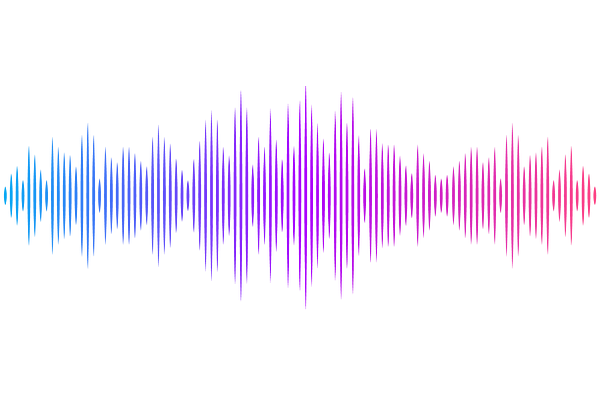SHELLQs. Bridging the gap: JWST unveils obscured quasars in the most luminous galaxies at z > 6

SHELLQs. Bridging the gap: JWST unveils obscured quasars in the most luminous galaxies at z > 6
Yoshiki Matsuoka, Masafusa Onoue, Kazushi Iwasawa, Kentaro Aoki, Michael A. Strauss, John D. Silverman, Xuheng Ding, Camryn L. Phillips, Masayuki Akiyama, Junya Arita, Masatoshi Imanishi, Takuma Izumi, Nobunari Kashikawa, Toshihiro Kawaguchi, Satoshi Kikuta, Kotaro Kohno, Chien-Hsiu Lee, Tohru Nagao, Ayumi Takahashi, Yoshiki Toba
AbstractThe unprecedented sensitivity of the James Webb Space Telescope (JWST) has uncovered a surprisingly abundant population of mildly obscured, low-luminosity active galactic nuclei (AGNs) in the epoch of reionization (EoR). However, the link between these objects and classical unobscured quasars remains a mystery. Here we report the discovery of obscured quasars hosted by the most luminous galaxies at $z > 6$, possibly bridging the gap between the two AGN populations. The 13 objects presented here were originally selected from a rest-frame ultraviolet (UV) imaging survey over $>$1000 deg$^2$, and were known to have luminous ($>10^{43}$ erg s$^{-1}$) narrow Ly$\alpha$ emission. With JWST/NIRSpec follow-up observations, we found that nine of them exhibit a broad component in H I Balmer lines and He I lines, but not in [O III] and other forbidden lines. Mild dust obscuration ($0 < A_V < 3$) is inferred from the Balmer decrements. The estimated intrinsic luminosities suggest that our broad line (BL) objects are the long-sought UV-obscured counterparts of luminous quasars in the EoR. They host supermassive black holes (SMBHs) with masses $10^{7.8 - 9.1} M_\odot$, undergoing sub-Eddington to Eddington accretion. Most of the BL objects are spatially unresolved, and are close to "little red dots" with their blue rest-UV and red rest-optical colors. We estimate the AGN number density among similarly luminous Ly$\alpha$ emitters to be larger than $2 \times 10^{-8}$ Mpc$^{-3}$. This density is comparable to that of classical quasars with similar continuum luminosities, suggesting that a substantial fraction of active SMBHs are obscured in the EoR and have been overlooked in past rest-UV surveys.